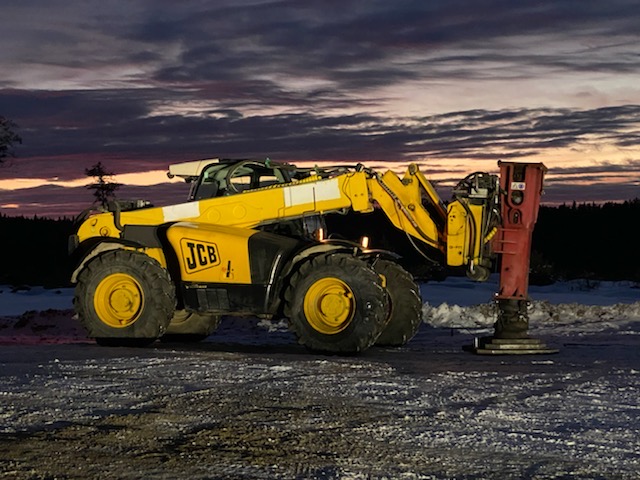A 2D seismic survey was recently carried out by the Nuclear Waste Management Organization (NWMO) and their contractor in the Ignace/Wabigoon area to continue to learn about the subsurface geology in the area.
Seismic studies use a principle similar to medical ultrasound (sonography) for imaging the interior of the human body. These surveys allow us to generate images of subsurface rock which can show, for example, whether rock is offset by faults.
“Seismic testing gives us a detailed image of the subsurface that really complements the data we’re obtaining through borehole drilling,” said Mostafa Khorshidi, NWMO’s contract manager for this study. “The information we gather through these types of seismic surveys is very useful and allows us to further our understanding of what the rock looks like below ground.”
This 2D seismic survey used a vibroseis truck to transmit vibrations into the ground. The vibrations are generated by a vibrating plate that is lowered from underneath the truck and pressed against the ground surface. The returning waves from underground features are recorded by a series of small receivers (geophones), which are installed temporarily on the surface. The data from the receivers is continuously sent to a recording truck for further quality control. The data will be processed and interpreted during 2021.
Ignace is one of two communities remaining in our site selection process, along with South Bruce, Ontario. Similar seismic studies are planned for South Bruce in 2021.

